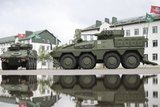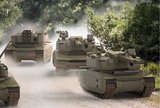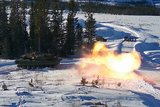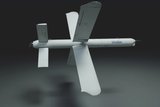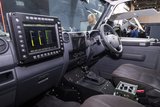BAE system has received an $8 million contract from the US Army to develop modernised precision-guidance kits that ensure the strike accuracy of 155mm artillery munitions.
The kits will enable munitions to make in-flight course corrections even in GPS-denied environments.
The kits are compatible with existing and experimental artillery munitions and propellants; and multiple firing platforms, including M777 lightweight towed howitzers and the M109 self-propelled howitzer family of vehicles.
Marc Casseres, director of Precision Guidance and Sensor Solutions, BAE Systems, said: ‘We understand the critical importance of maintaining the accuracy of the army’s long-range artillery against any adversary.
‘Our kits will provide this capability for the current stock of 155mm munitions and future munitions designed to provide significantly greater range. We were selected for this programme because of our expertise in precision-guidance technology and our ability to achieve a high level of engineering and manufacturing maturity.’
M777
M109 Paladin










